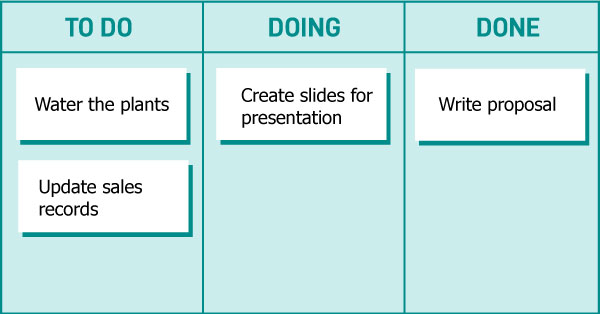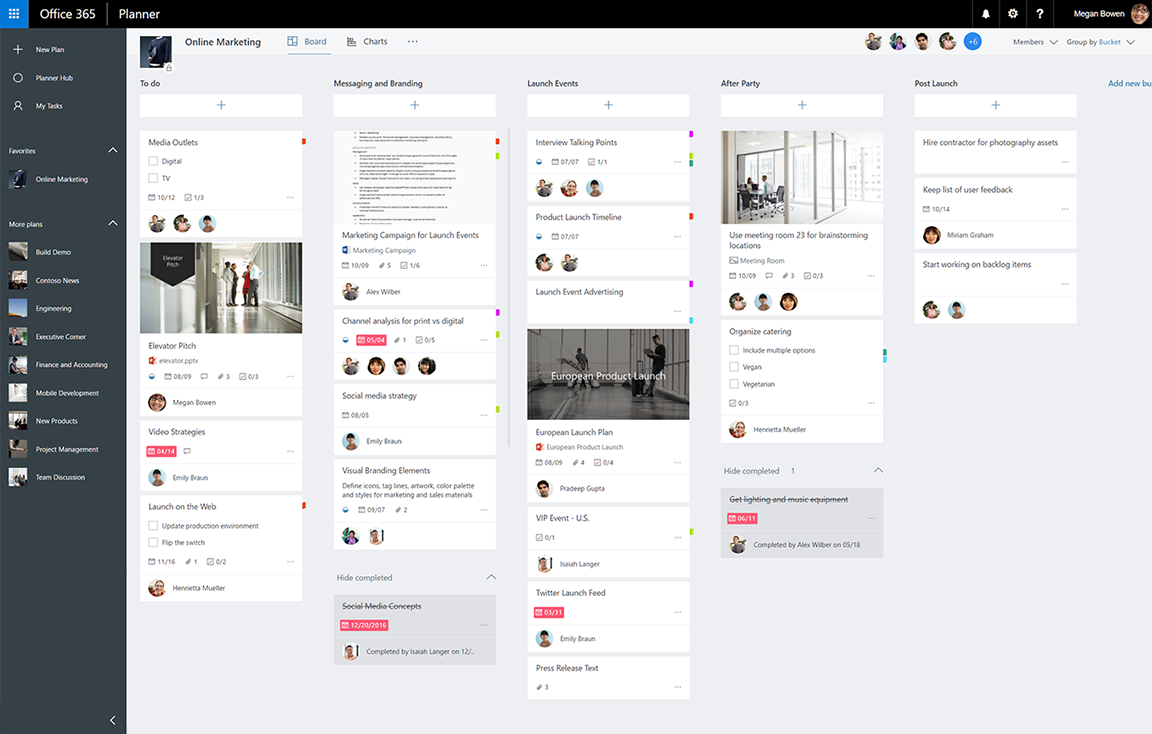The Beginners' Guide To Kanban
- Anthony
- July 18, 2019
- 09:22 AM
- No Comments
How a system of cards on boards can bring greater efficiency to SMEs.
Efficiency and teamwork are everything in business, and Kanban can do a hell of a lot to improve both. But if you’ve never heard of it before, or if you’re just unsure about how it works, it can be difficult to know where to start. In this beginners’ guide, we’ll take you through the basics and show you how Kanban can benefit your business.
Where Did Kanban Come From?
Kanban originated in Japan during the 1940s, in the factories of car manufacturer Toyota. Taiichi Ohno, one of the firm’s engineers, was looking for a way to improve efficiency and eliminate the problem of surplus inventory.
His idea was to take the principles of supermarket shopping into the factory. When you find you’re running low on sugar, for example, you’ll go the shop and buy a bag of sugar – you restock what you need to restock, prompted by seeing your empty sugar bowl. Similarly, the supermarket itself, on finding a nearly empty shelf will order the stock that needs replenishing.
For Toyota, this meant giving line workers the ability to communicate their need for certain parts. They did this using physical cards, which would tell those in charge of supplies exactly what they needed and in what quantity.
This method of ordering only what you need when you need it is known as ‘just in time’ manufacturing. An extension of this is ‘lean’ manufacturing, which demands that every step of the process adds something of value to the customer, thereby reducing waste.
Kanban Today
Thanks to the work of leading academic David J Anderson, the principles of Kanban are regularly applied in industries beyond manufacturing. Around the early years of this century, his books refining Kanban and combining it with other work methodologies have been hugely influential in shaping how many modern businesses approach workflows and task management.
Kanban is particularly popular in software development, but it’s also used in marketing, HR and just about every other industry you can think of. But rather than using physical cards, the Kanban of today is fully digital. These digital cards can contain text, images and even file attachments, as well as a section for further comments.
Each card, represents a task and is placed on a Kanban board, which is divided into a series of columns, representing different stages in a work process.
A very basic example of this would be three columns: To Do, Doing and Done.

Furthermore, a Kanban board may have horizontal ‘swimlanes’ used to divide types of work or different departments.
What Are The Benefits Of Kanban Boards?
If you choose to, you can use a Kanban board as an alternative to a to-do list for your own personal tasks. It’s great for keeping track of things and adding notes about your tasks.
However, as a tool for teams it’s even more powerful. Depending on how you want to use a Kanban board, you can allow managers to assign tasks to their team members or even allow everyone to assign tasks to everyone else. Each person can still have their own board with their own cards, but the shared Kanban board can offer a huge boost to productivity.
It’s about visibility. As well as being able to see who’s doing what, giving you the ability to plan more effectively, Kanban can help to identify and resolve obstacles, thereby improving workflows. For example, you could create a column on your shared board called ‘Blocked’. Team members could then add comments to cards placed here, explaining what is stopping them from completing these tasks.
Kanban boards also make it easier to focus on tasks by allowing you to see and therefore limit the number of in-progress cards. This encourages workers to complete tasks before starting new ones.
Which Software Should I Use?
If you have an Office 365 subscription, then you may already have access to Microsoft Planner. As well as being able to create plans (essentially Kanban boards) for yourself and for your teams, you can access them via web browser or a mobile app. They also integrate with Microsoft Teams and Outlook. Note, however, that although you can set up Planner like a traditional Kanban board, it also works a bit differently. Each card has a progress status that can be set to ‘Not started’, ‘In progress’ and ‘Completed’. You can also click a tick box on the card to mark it as complete. Either way, it then drops into a separate ‘completed’ list at the bottom of the plan.

^ Microsoft Planner takes a slightly different approach to Kanban.
Another popular application for Kanban boards is Atlassian Jira, which is used mainly by software development teams. It’s a hugely powerful piece of software, but it’s also complicated and not therefore may not be suitable for your business.
Atlassian does have an alternative, though: Trello, a Kanban application it acquired in 2017. Trello is a straightforward, visually pleasing solution, with free and paid-for plans. You can also access it through Microsoft Teams, although you won’t get the same level of integration as with Microsoft Planner.
There are plenty of other Kanban tools, including one built into Microsoft Visual Studio Team Services. Most offer free, basic accounts as well as premium accounts suitable for business – but if you have Office 365, then it makes sense to give Planner a try.
Whatever you opt to use, you can benefit from real improvements in collaboration and efficiency in the workplace. Happy kanbanning!

